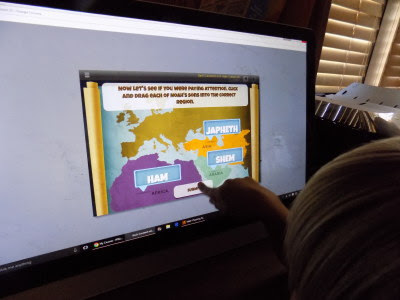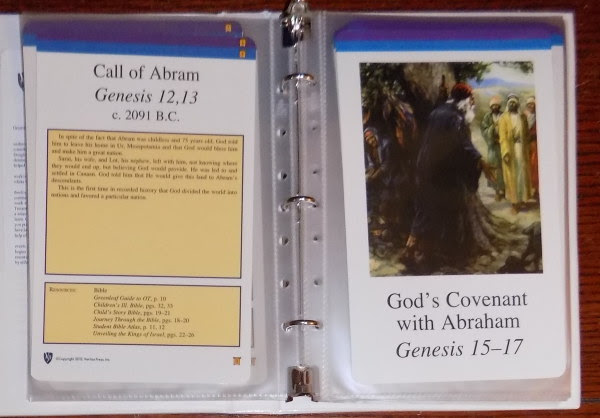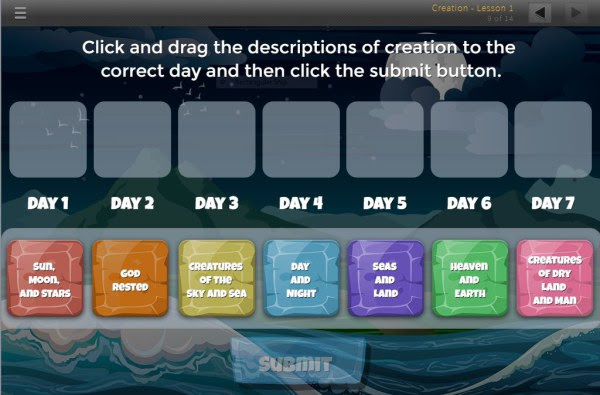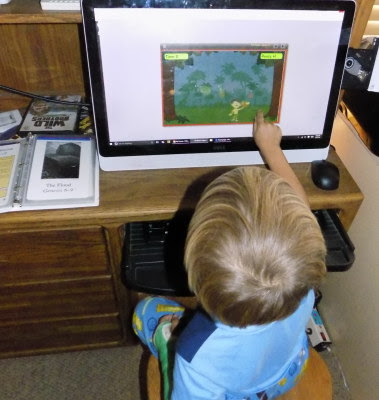Learning Latin With Stories (Crew Review)

About Olim, Once Upon a Time in Latin
The Olim, Once Upon a Time in Latin series has six levels, each consisting of a small softcover reader and a corresponding full-size softcover workbook. The readers have fairy tales, fables, or Bible studies retold in simple English followed by a Latin translation, and can be used by themselves. The workbooks, however, are really helpful as they walk the student through each page with various vocabulary exercises, as well as teaching helpful Latin grammar lessons.


Our Experience
 I presented the whole subject as if we were working with a code, and we needed to figure out the messages written in Latin, and figure out how to put our own messages back into the code. Right from the very first lesson, the boys caught on quickly and enjoyed figuring out the Latin words in the reader.
I presented the whole subject as if we were working with a code, and we needed to figure out the messages written in Latin, and figure out how to put our own messages back into the code. Right from the very first lesson, the boys caught on quickly and enjoyed figuring out the Latin words in the reader.
This series is intended for 2nd grade through 5th grade, so I knew Ian (8) would be ready for it. However, I was pretty sure Elijah (6) could also get a lot out of it even though he couldn’t quite handle the amount of writing in the workbook.
I often found it easier to work with one boy at a time so that they each were able to sit close and study the reader. Here’s what a lesson looked like for us:
- Read 1 page of the story in English
- Keeping my finger on the English page, I turned to the corresponding Latin page.
- I read through one sentence in Latin, then flipped back to the English page and had the student try to figure out which words “matched” based on similarities to English (necesse-necessary), roots that I could explain (“What do you do at an exit? You go out. So ‘exire’ means to go out.”), or words we’d already translated (erat/erant).
- After we had read through the entire page sentence by sentence, we pulled out the workbook to work on the vocabulary exercise that went with that lesson. (I talked Elijah through these, but Ian was able to complete them mostly independently.)
- I went through the “Digging Deeper” pages on my own and taught them that material as a separate lesson.

Overall, we really enjoyed this first exposure to Latin. I discovered that Ian has a quick mind for learning languages, and he zipped through these lessons on his own. I’ll definitely have to consider purchasing the next volume in the series. If you want to try them out, Laurelwood Books is offering my readers a 20% discount, good until August 15, 2016. Just enter discount code: blogger121.















